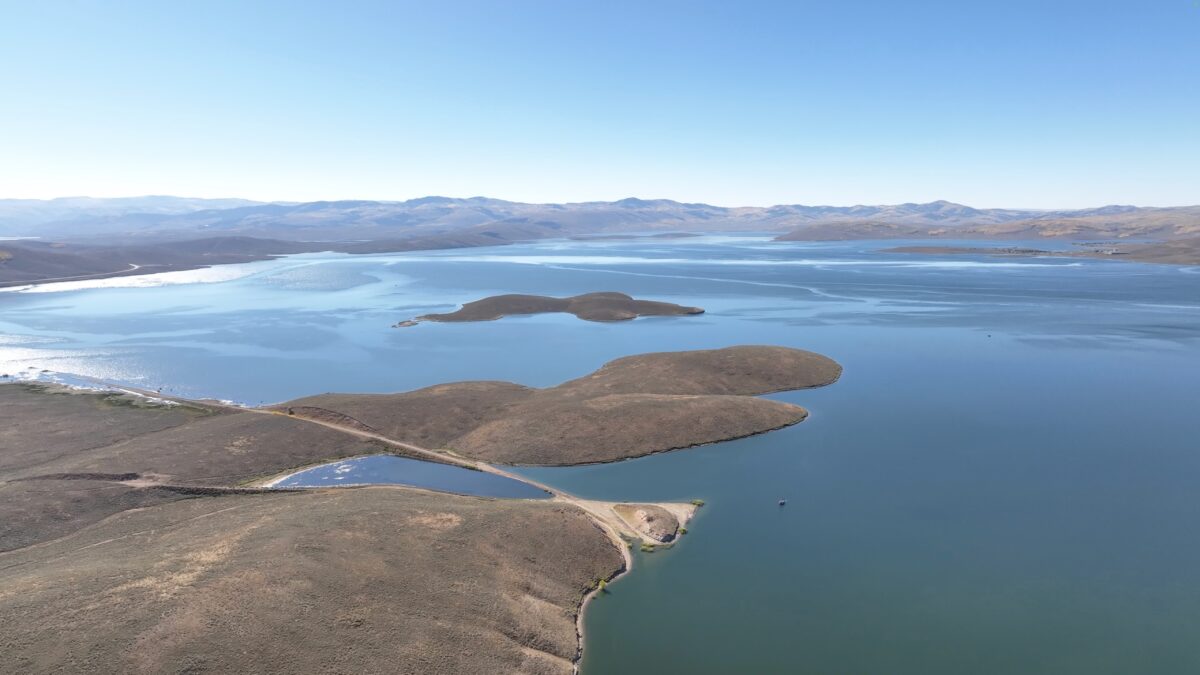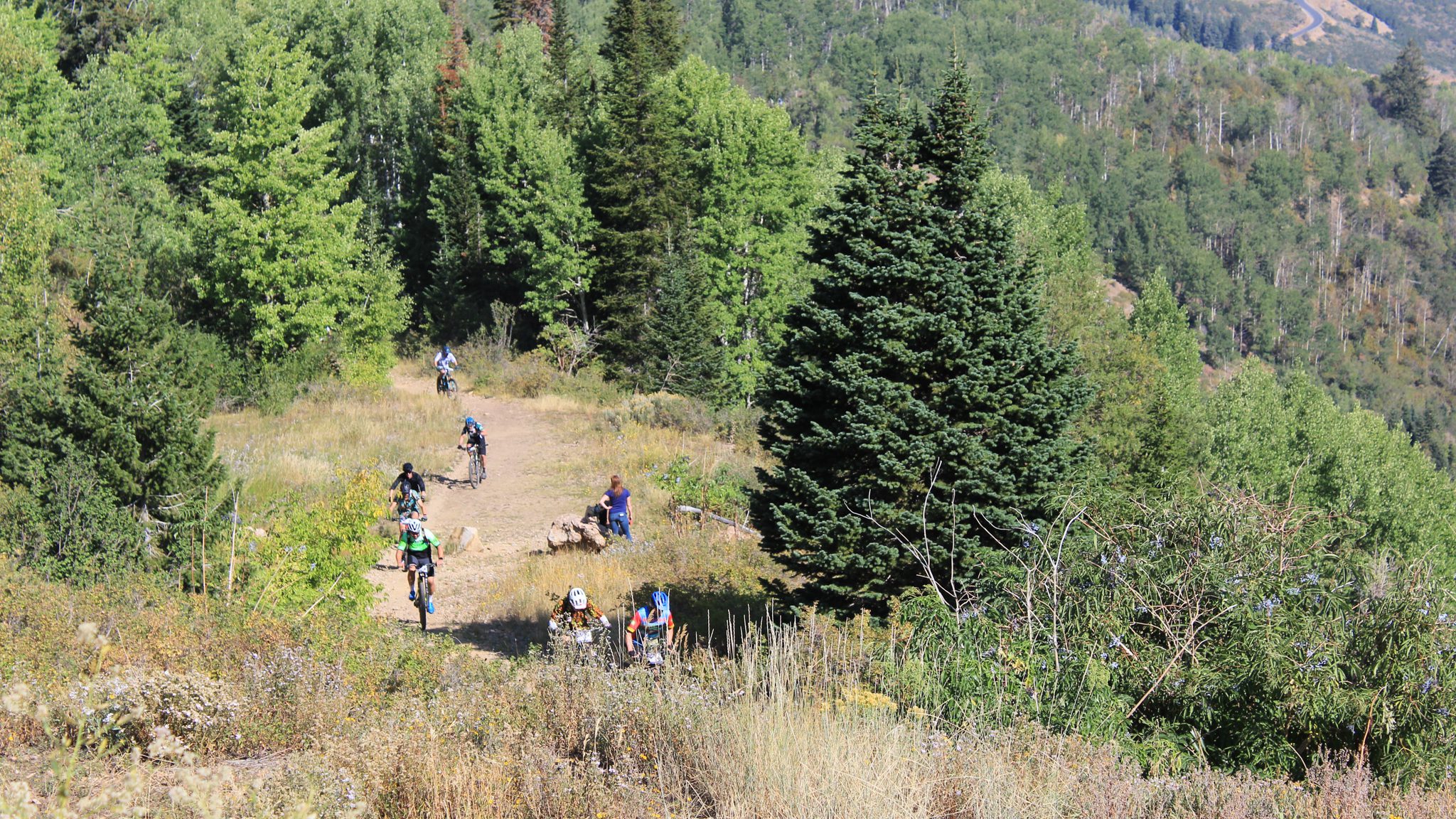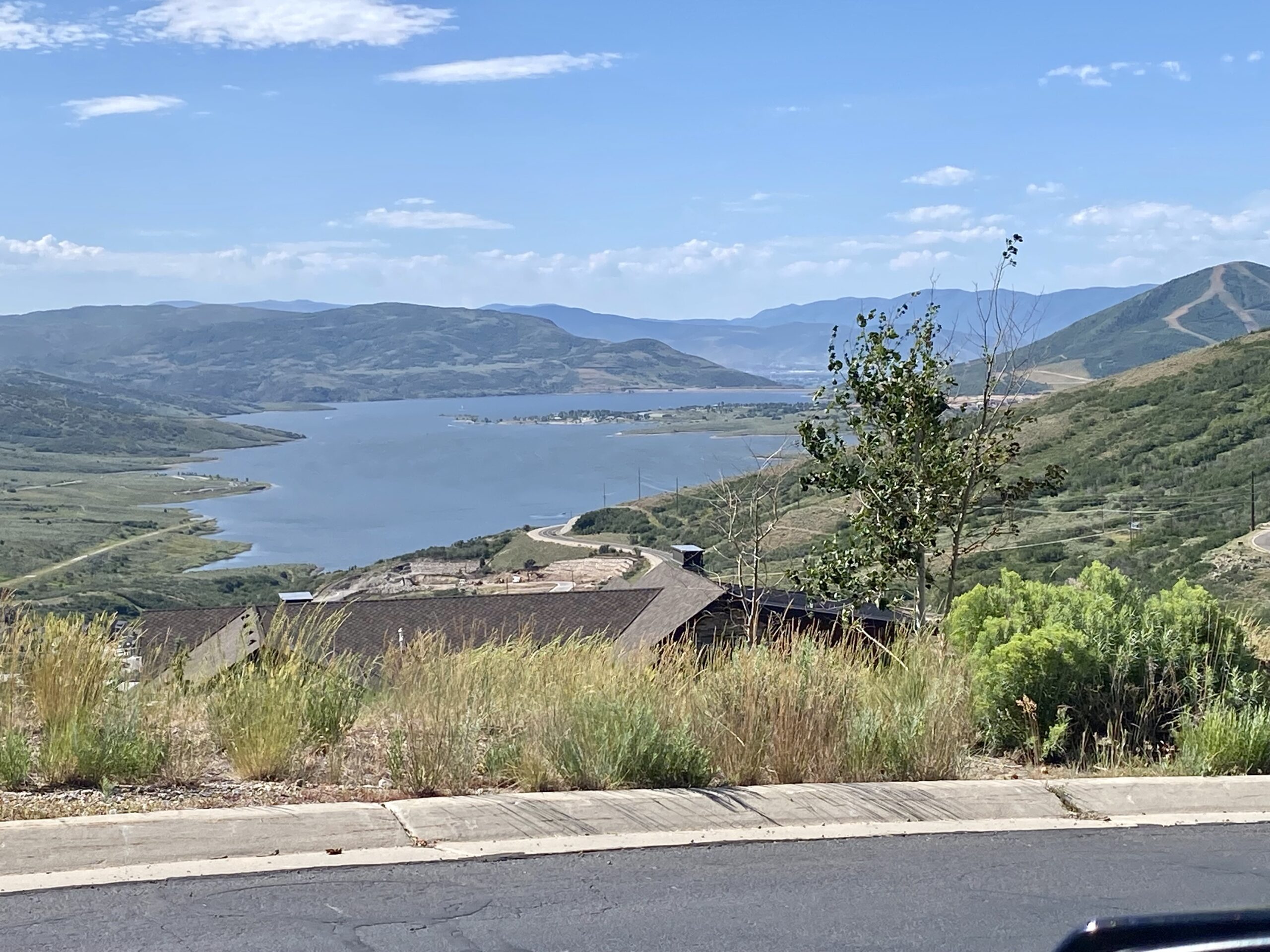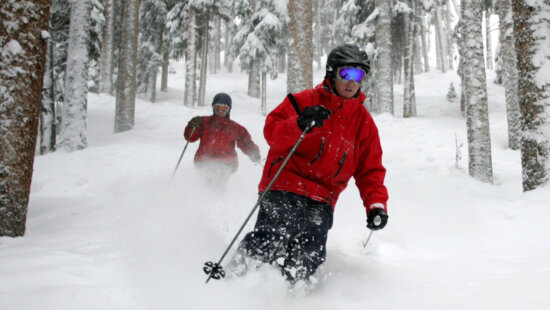Environment
Severe drought causing Utah reservoir levels to drop at ‘concerning’ rate

Strawberry Reservoir. Photo: Utah Division of Wildlife Resources
UTAH — All of Utah is now in either moderate or severe drought, which is causing the state’s lakes and reservoirs to decline at an abnormally fast rate.
According to a report this week from the Utah Division of Water Resources, the state’s reservoir levels dropped by about 10% between June 1 to July 1 — levels typically drop by about 2% during that timeframe.
“Unfortunately, our storage is declining at a concerning rate,” said Candice Hasenyager, director at the Utah Division of Water Resources, during a news conference at the Jordanelle Reservoir on Monday. “This dramatic decrease in storage is a clear signal that we need to watch how we use our water more closely than ever before.”
Abnormally dry weather, coupled with an underwhelming spring runoff season, have resulted in all of the state now experiencing some kind of drought. The desert regions in eastern and western Utah are now in severe drought, which means the air quality is worsened by dust, cattle have inadequate water, and pasture and streams and ponds are drying out, according to the U.S. Drought Monitor.
Higher elevation areas in central Utah are in moderate drought, which limits feed for cattle, negatively impacts soil moisture and begins to dry out natural springs.
That’s resulted in a statewide decline in reservoir levels. Earlier this month, almost all of northern Utah’s reservoirs were above 90% capacity — now, Porcupine, Jordanelle, Strawberry and Currant Creek reservoirs are the only bodies of water in Utah above 90% capacity.
And some reservoirs in the south are now at meager levels. Lake Powell, the second-largest reservoir in the country, is at 32% capacity; Yuba Reservoir is at 20%; Piute Reservoir is at 22%: and Panguitch Lake is at 50%.
Statewide, the average reservoir level is 75%.
Meanwhile, the Great Salt Lake is currently at about 4,192 feet in elevation, several feet below 4,198, the minimum for what’s considered a healthy range. Lake levels peaked in April at about 4,193 feet, and according to the Division of Water Resources, will continue to decline until temperatures drop and the irrigation season ends this fall.
Some water providers have now imposed restrictions on water usage and irrigation — to see if your provider is enforcing restrictions, visit the Utah Department of Natural Resources’ website.
Written by Kyle Dunphy for Utah News Dispatch.



















